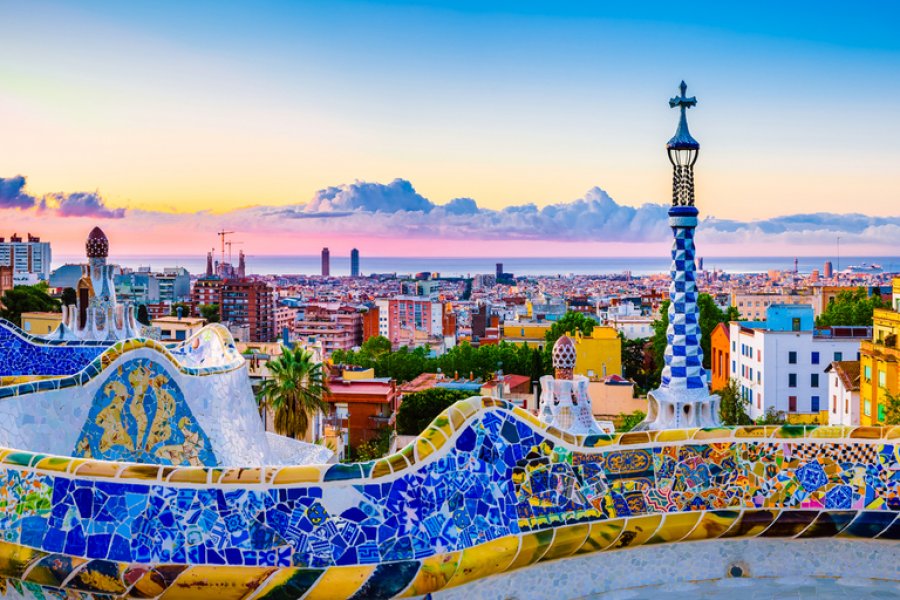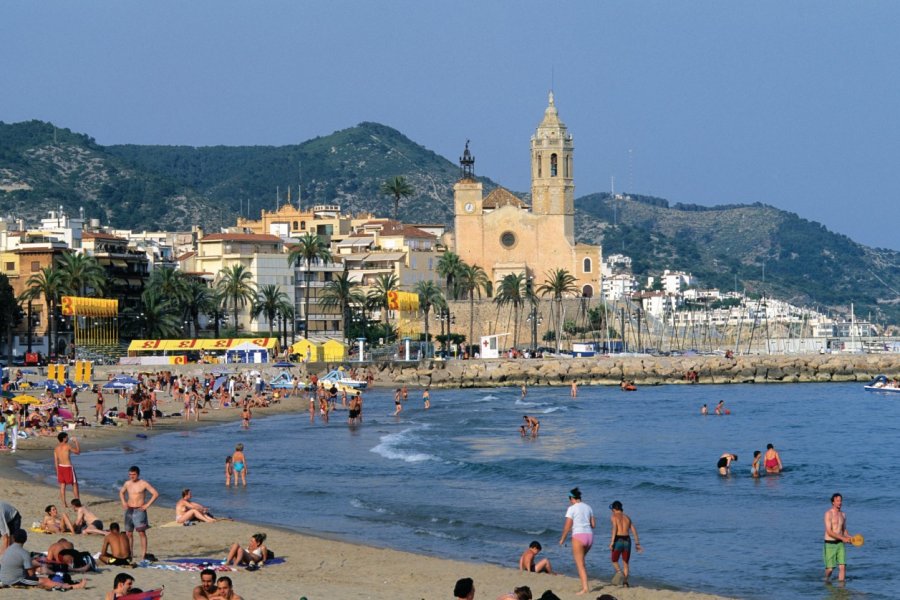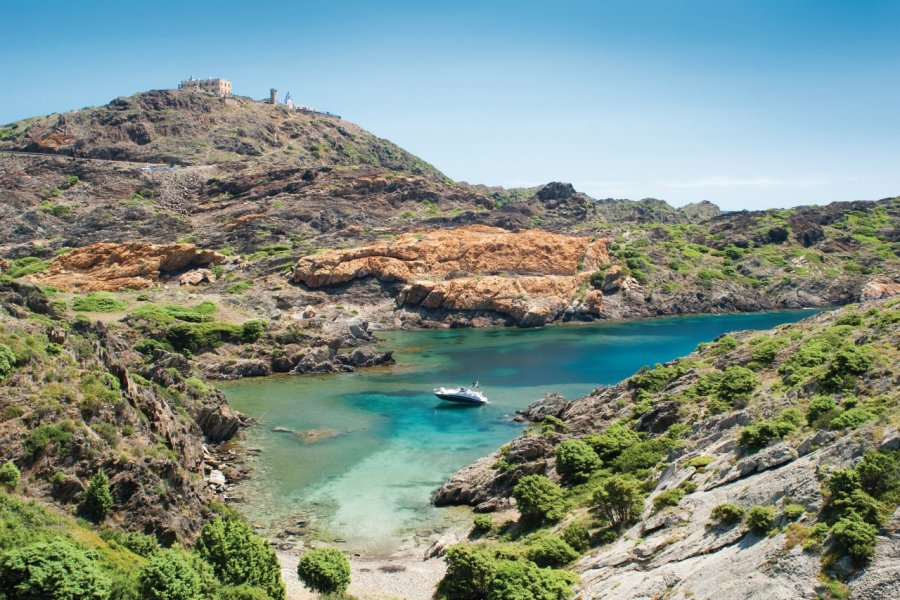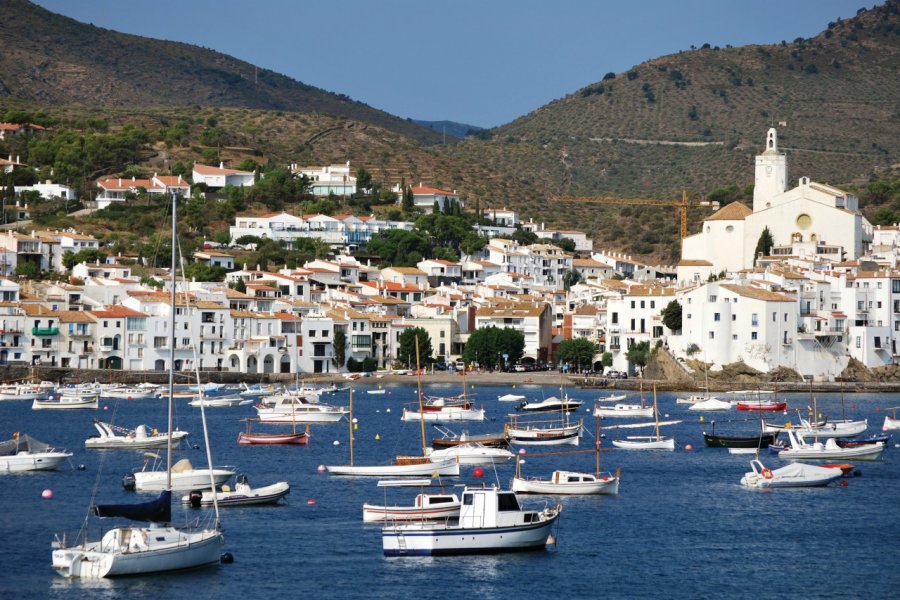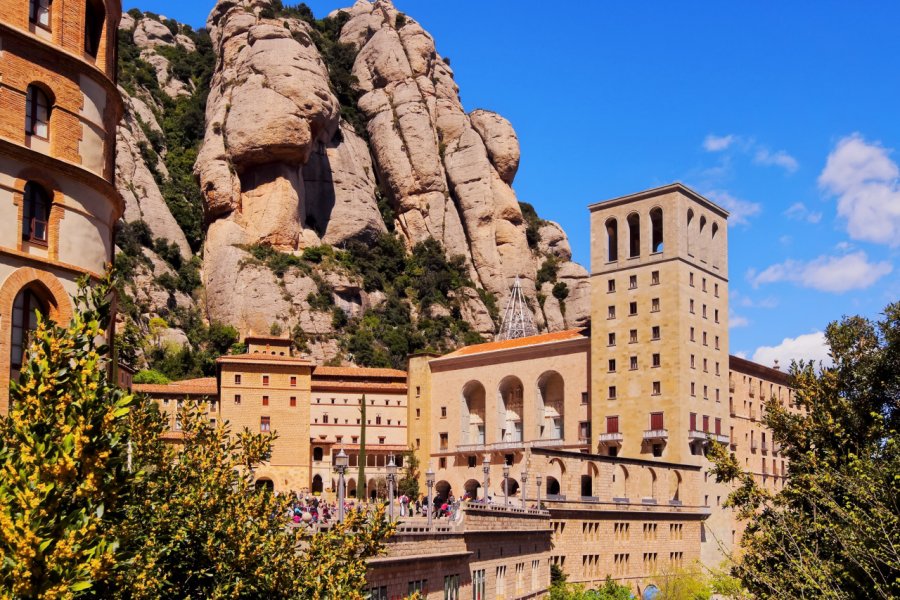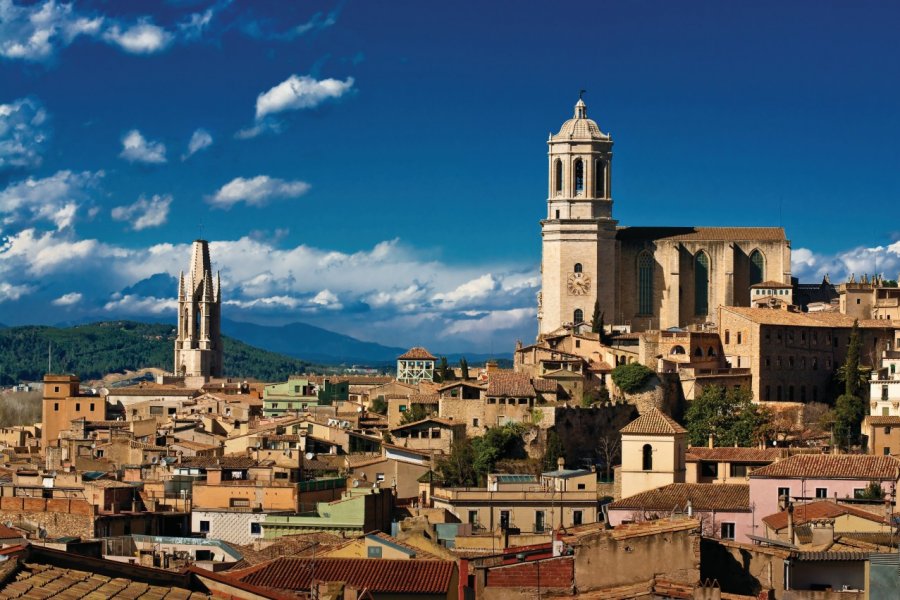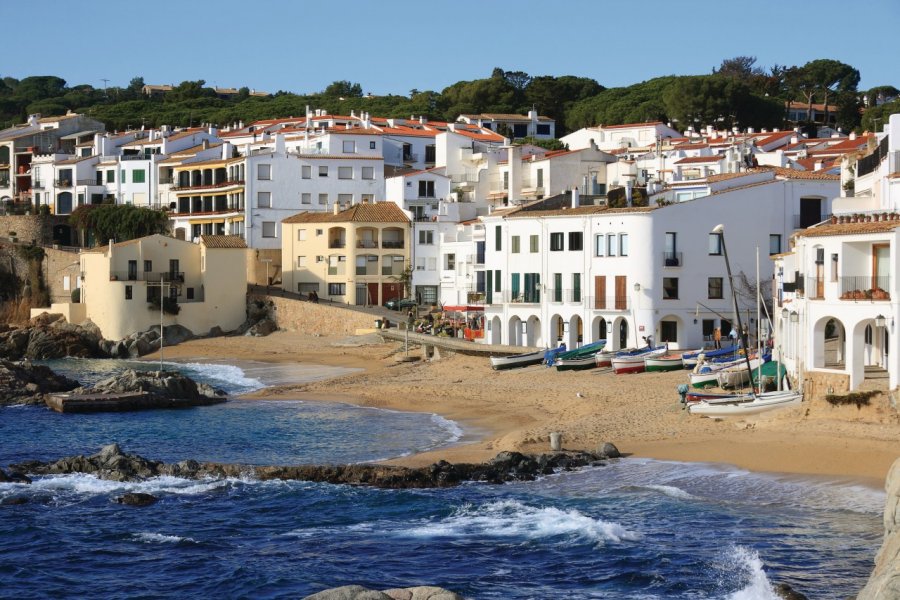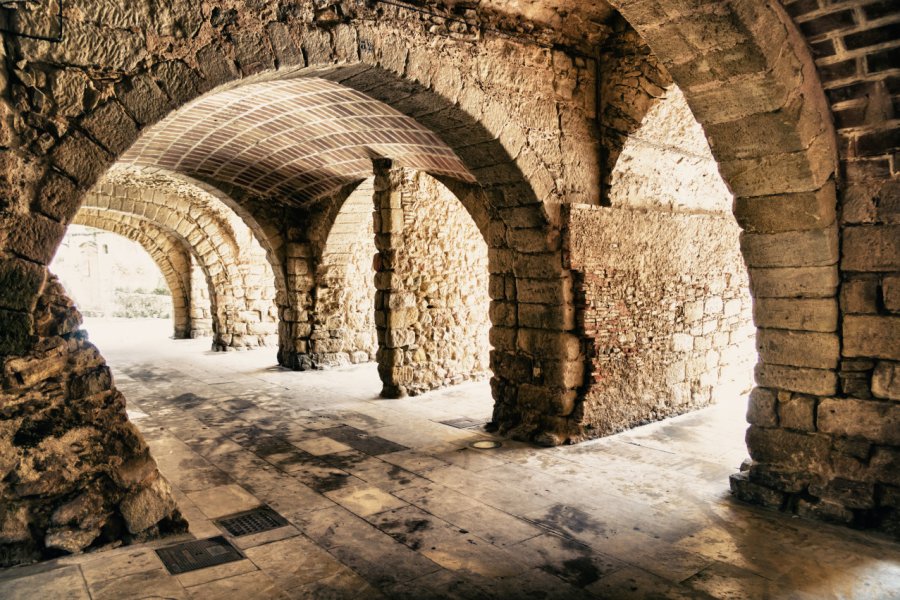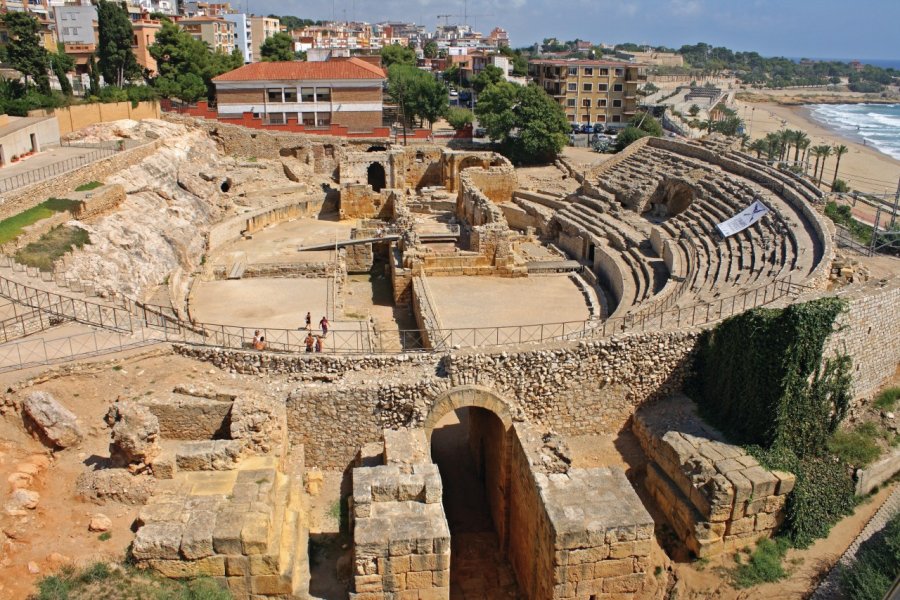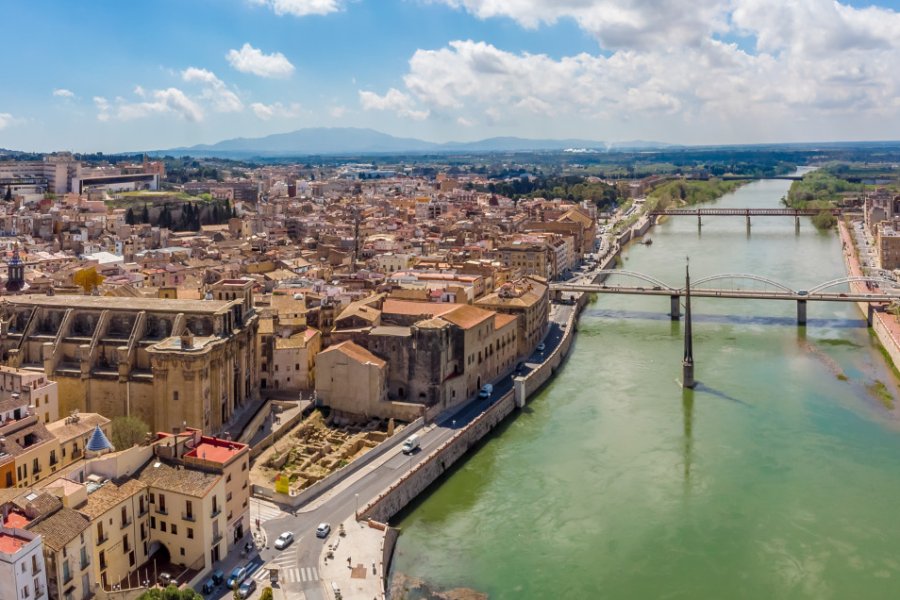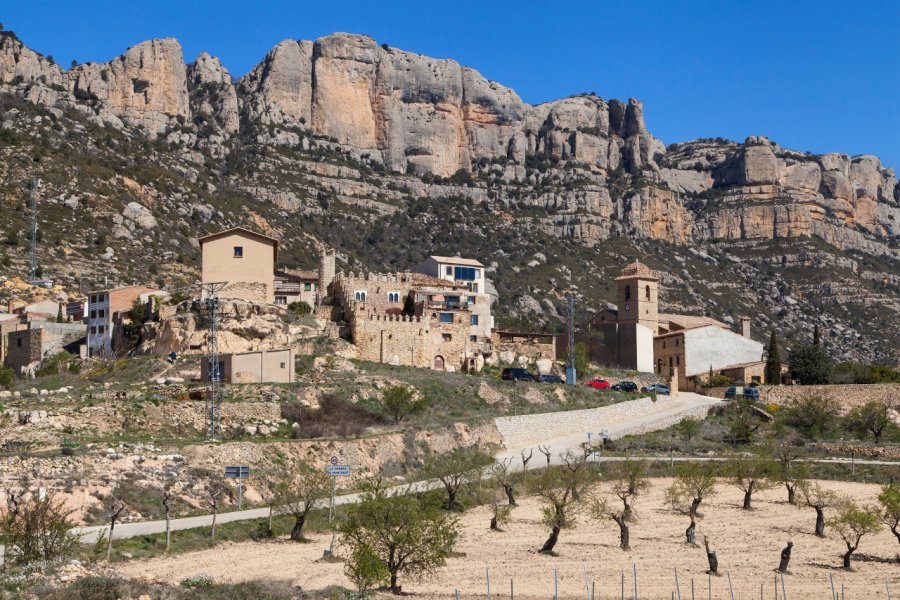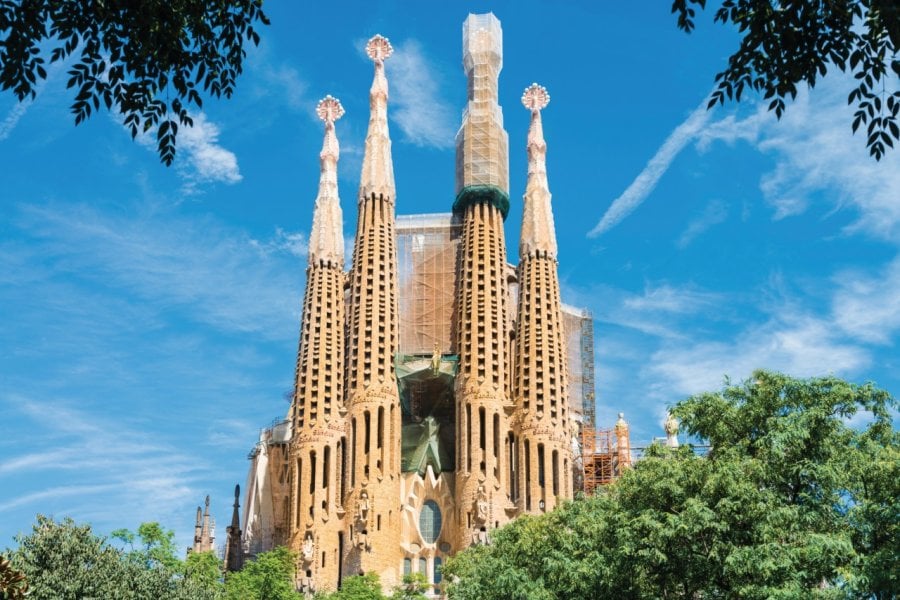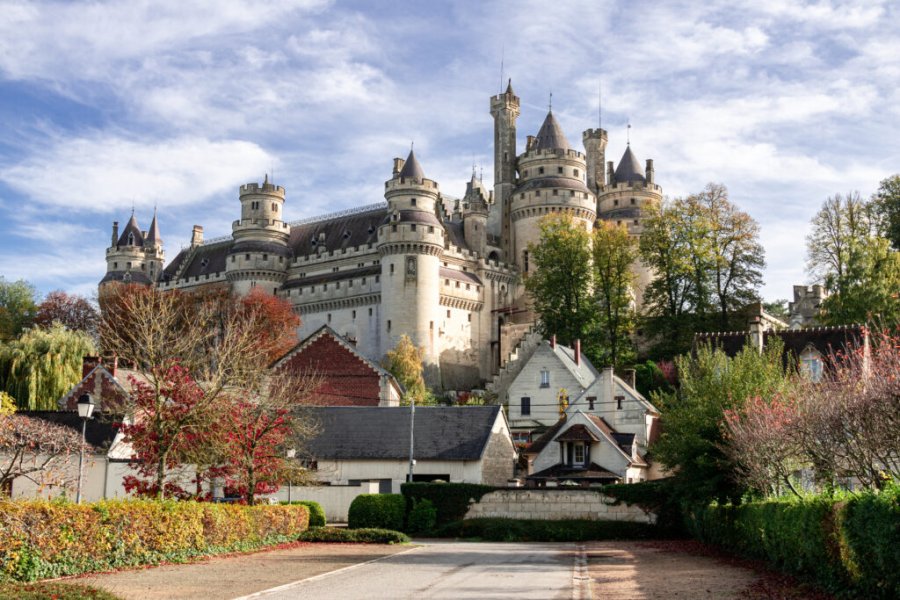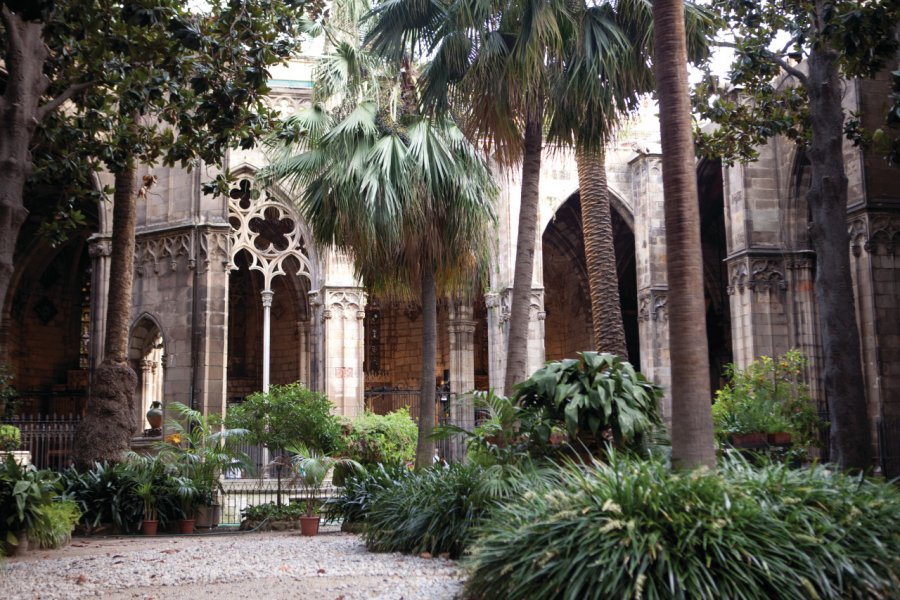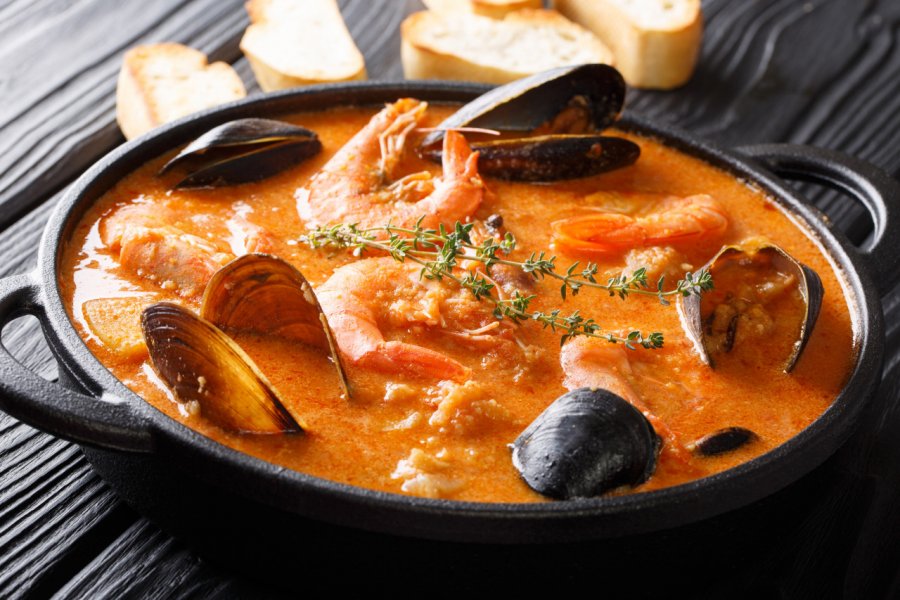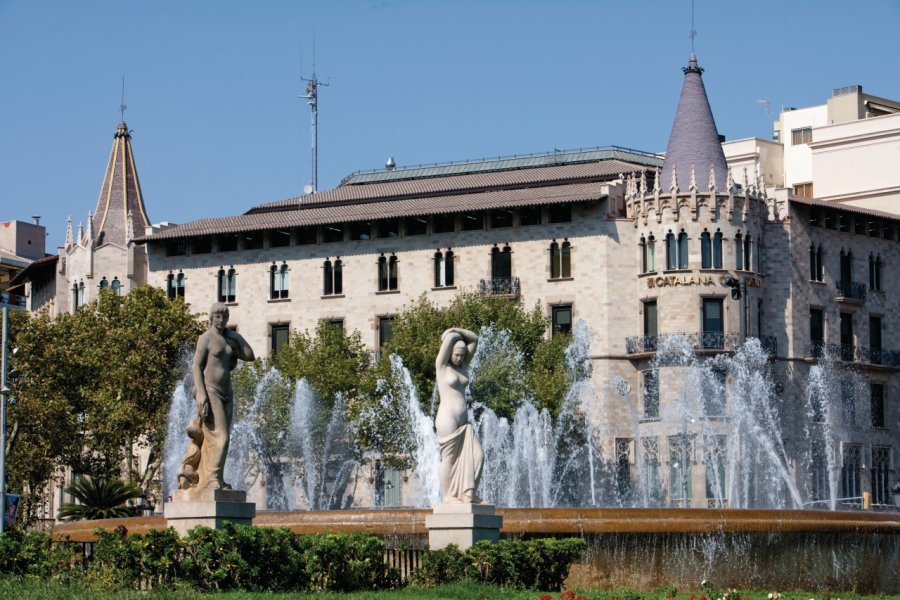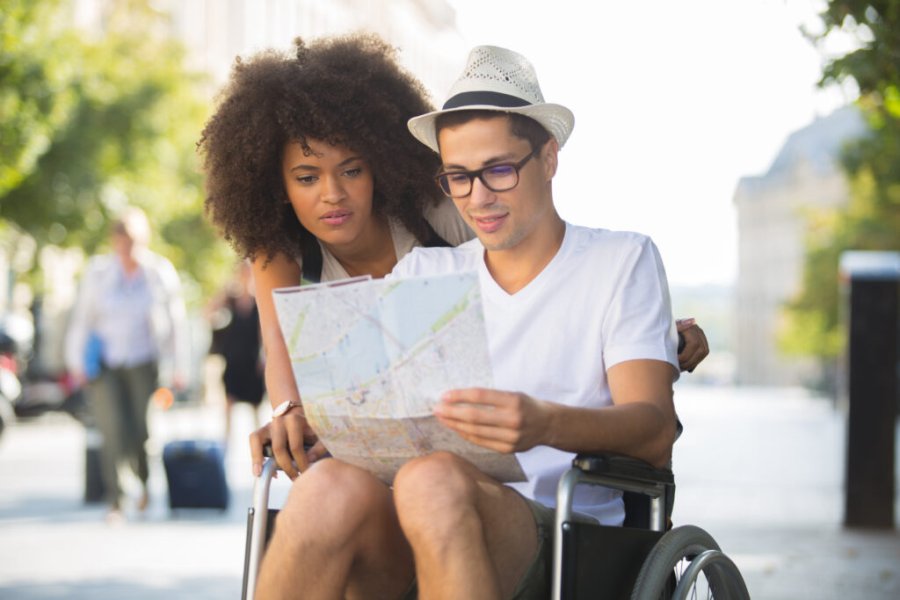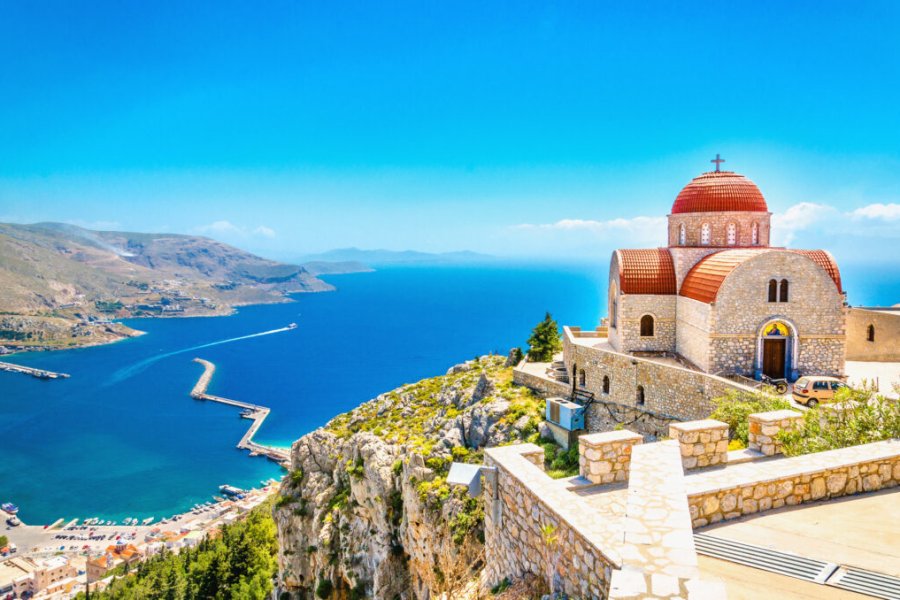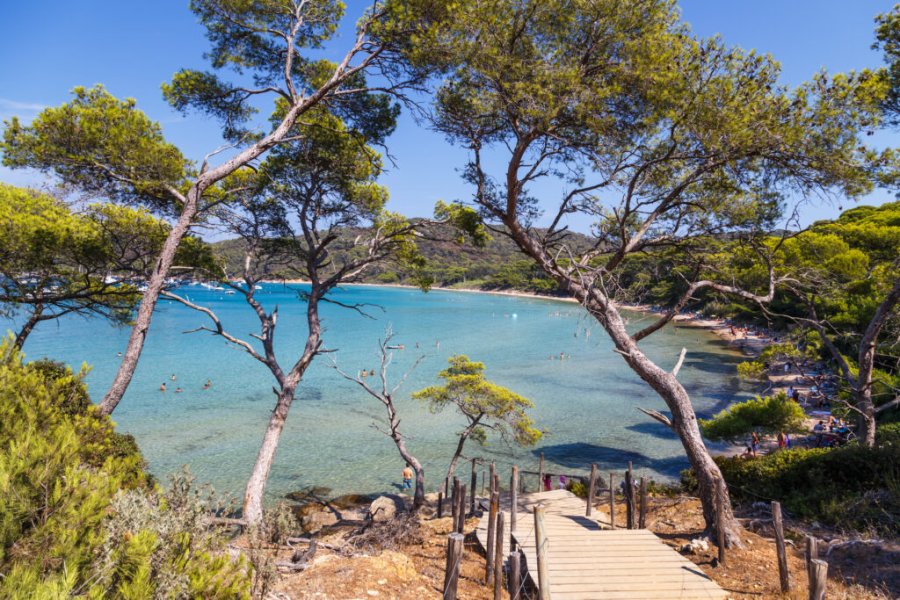Travel Guide Catalonia
Bathed by the Mediterranean, Catalonia, this region of northeastern Spain, is a veritable paradise for beach lovers. The Costa Brava and its wild coves are draped in the deep blue of the sea. It offers an unrivalled wealth of history, with one of Europe's oldest cities, Barcelona, its capital. This metropolis is ultra-vibrant, cosmopolitan and incredibly dynamic thanks to its beach and culture combo. A festive city par excellence, it offers festivals and sizzling atmospheres around every corner. One of the most famous isEls Castells, an impressive tradition in which teams called "colles" build human towers. It has been declared a UNESCO World Heritage Site.
Discover this blend of modern art by Gaudí and medieval history in the Gothic Quarter, and admire the sublime Sagrada Familia! Art and culture are at the heart of Catalonia, with an impressive assortment of works, from Romanesque churches nestling in the valleys of the Pyrenees to the exquisite Gothic of Valencia's Llotja. It is home to the works of such great masters of modern art and architecture as Dalí, Picasso, Miró, Gaudí and Tàpies, to name but a few. Catalonia also appeals to mountain lovers. The Catalan Pyrenees rise majestically, flooding the landscape with their snow-capped peaks. These grand dames invite you to the joys of skiing in winter, and to the pleasures of hiking and sporting excursions at altitude the rest of the year.
History buffs? Discover the past of Tarragona, this fascinating city with its Roman origins, its bike rides and, not far from Salou, the sensational Port Aventura! Catalan gastronomy is also a strong point of the region, with its tapas, " pa amb tomàquet " (toasted bread rubbed with garlic and tomato, drizzled with olive oil) or the famous crema catalana, a delicious crème brûlée flavored with cinnamon and lemon zest. Catalonia also boasts a picturesque landscape with charming craggy villages and magnificent natural parks.
Climb up to the Montserrat monastery, nestled atop a mountain, it offers breathtaking views of the surrounding area, stunning in its magic and serenity. Are you a Salvador Dalí fan? Then head to Figuères, near the border, to admire the museum and house of the same name. Not forgetting, of course, the Garrotxa Volcanic Zone Natural Park, with its spectacular scenery.
This tourist guide to Catalonia is your ideal companion for discovering all the charms of this unique destination: unusual sites, restaurants and the region's finest accommodations are all included! Note that Catalans are deeply attached to their autonomy, proud and authentic, and keen to help you discover their beautiful traditions. From scuba diving in Cadaqués to Penedès wine tasting, Cataluya promises a profound change of scenery! ¡Olé!
What to visit Catalonia?
Suggested addresses Catalonia
When to go to Catalonia?
When is the best time to discover this Spanish region? With its Mediterranean climate, this destination offers 300 days of sunshine, as well as steady to light winds, such as the Tramontane, to the delight of kitesurfers!
From January to March, ski, snowboard and make snowmen in the resorts of the Catalan Pyrenees. However, if you're planning to visit Barcelona, bring sweaters to protect you from the cooler temperatures.
April and May usher in spring. The flowers are in full bloom and the weather is very mild, especially in May. It's an ideal time to explore Catalonia without the summer crowds.
June is the start of the high season. Temperatures rise, but remain pleasant. Local festivals, such as the "Festa Major de Sant Joan", add a lively atmosphere.
July and August are the hottest and busiest months. Catalonia is abuzz with activity, especially on the beaches of the Costa Brava. If you love the sun, the crowds and the excitement, this is the time! But high-season rates are also skyrocketing!
In September, the influx of tourists eases, it's Indian summer and the ideal season for excursions to the beach or mountains.
October is a time of brilliant colors, especially in the hinterland. Discover the Cadaqués International Music Festival!
November and December are cooler and rainier. However, Catalonia takes on a special charm during Christmas, especially in Barcelona with its markets and illuminations.
Weather at the moment
With mild winters and hot summers, Catalonia and its costas enjoy a typical Mediterranean climate.
In January, the coolest month, the average temperature remains above 10°C, while summer conditions are almost perfect, with air temperatures hovering around 25°C and water around 23°C.
This microclimate is the result of a protected geographical location, between sea and hills, and is influenced by a variety of winds that alternate between sea and land breezes, generating a pleasant coolness. When the sun heats up on the hills in summer, a refreshing sea breeze often envelops Barcelona in sublime light.
And as we move further inland and closer to the Pyrenees, winters become progressively colder. The main ski resorts generally start their season at the end of November and close it in mid-April. In these mountainous regions, summer is a long time coming, and temperatures rise more slowly.
Barcelone
Catalonia is more affordable than France. It uses the euro, making transactions easier for tourists from the euro zone. In Barcelona, exchange is easy, but outside the city, use cash dispensers. Accommodation prices vary according to the season. Quality gastronomy is less expensive than in France. Gratuities are common. When it comes to shopping, in addition to the big-name brands, the region offers some fine handicrafts. You'll also find accommodation at all prices.
Getting to Catalonia is relatively straightforward for EU citizens. If you are an EU citizen, a valid identity card or passport is all you need to enter Catalonia and stay for up to 3 months. No visa is required for EU citizens.
For non-EU nationals, formalities may differ. It is advisable to check with the Spanish embassy or consulate in your country before departure.
Remember that although Catalonia has a strong cultural and linguistic identity, it remains an autonomous region of Spain. Administrative formalities are therefore aligned with those of the country as a whole. Always make sure your documents are up to date before you leave.
As a region of Spain, Catalonia enjoys a good healthcare system. If you're planning to travel to Catalonia, here are a few things you should know:
Vaccination for travel to Catalonia: from the European Union, no specific vaccinations are required to enter Catalonia. However, it is always advisable to be up to date with your universal vaccinations, such as tetanus, diphtheria and polio. If you come from endemic areas, additional vaccinations may be recommended. Always check with your doctor or an international vaccination center.
Drinking water Catalonia: tap water in Catalonia is safe to drink, especially in major cities and tourist areas. However, depending on the region, its taste may vary due to treatment. If you have a sensitive stomach, or if you're visiting less-frequented rural areas, bottled water is best to avoid any inconvenience.
As always, when traveling, it's advisable to carry a basic first-aid kit and take out travel insurance to cover any medical expenses.
Catalonia is a safe destination, but it's always a good idea to take precautions to ensure a worry-free stay.
Practical information
- When to travel?
- Weather forecast
- Budget
- Formalities
- Health
- How to travel by yourself?
- How to get organized?
- Getting around
Media
How to go to Catalonia? Our advice & tips
An organized trip to Catalonia promises complete immersion in Catalan culture without the hassle of planning. On the program: guided tours of Barcelona, with its architectural gems signed Gaudí, discovery of the picturesque villages of the Costa Brava, and tastings of local specialties. All orchestrated by local experts for a seamless experience. This formula, ideal for those looking to optimize their time, guarantees a rich and serene exploration of this singular Spanish region.
Discover our selection of travel agencies for this destinationGoing solo in Catalonia means total freedom of exploration. With no itinerary constraints, the independent traveler can stroll the narrow streets of Barcelona, get lost in the local markets or choose a peaceful retreat in a coastal village. This solitary adventure allows you to immerse yourself in Catalan culture at your own pace. The curious traveler can learn the language, share a meal with locals or watch a traditional sardana dance. A solo trip to Catalonia is an invitation to authenticity and personal discovery, to the enchanting sound of the cobla.
Getting around Catalonia is child's play. In Barcelona, the metro is the fastest way to avoid traffic jams. Buses and streetcars complete the urban network. For intercity journeys, RENFE trains, notably the Rodalies, link the major cities. If you choose to travel by car, the region has an excellent network of freeways, but beware of tolls! For coastal areas, the Streetcar Baixa tramway, is very practical. Finally, cycling is becoming increasingly popular, especially in Girona, with its many cycle paths.
